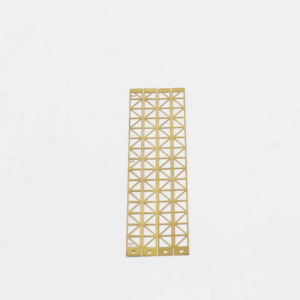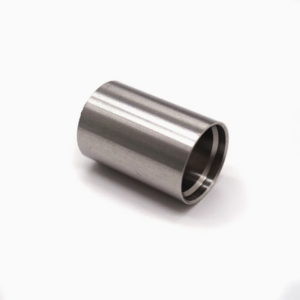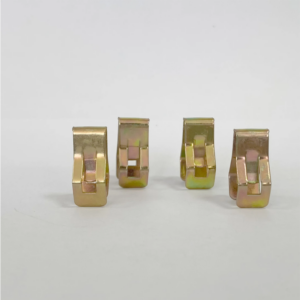In the world of precision metalworking, stamping dies play a critical role in shaping and cutting sheet metal to create parts used in countless applications. As industries continue to evolve, the need for various stamping techniques has also diversified. Whether you’re working in automotive, electronics, or any other sector, it’s essential to understand the different die stamping methods available to determine which one is the most suitable for your production needs. This blog will explore the differences between transfer die stamping and progressive die stamping, outlining their advantages, disadvantages, and the factors that can help you decide which method to choose for your project.
Progressive Die Stamping: A Comprehensive Overview
Progressive die stamping is one of the most widely used metal stamping techniques in manufacturing. This method involves passing a metal strip through a series of progressively aligned stamping stations within a single die machine. Each station performs a specific operation—such as cutting, bending, or punching—until the final part is formed.
In progressive die stamping, a metal coil is fed into the machine, and the strip moves through various stations. As it progresses, the strip is subjected to multiple processes until the desired part is formed. Once the part is complete, it is detached from the strip, typically using an automated ejection system.
A critical aspect of progressive die stamping is maintaining precision throughout the process. If the metal strip is misaligned even slightly, the quality of all the parts will be compromised. To prevent such issues, the process typically involves the use of pre-pierced holes in the metal strip, which are aligned with conical pilots in the machine. These pilots hold the strip in place and guide it through the stamping stations.
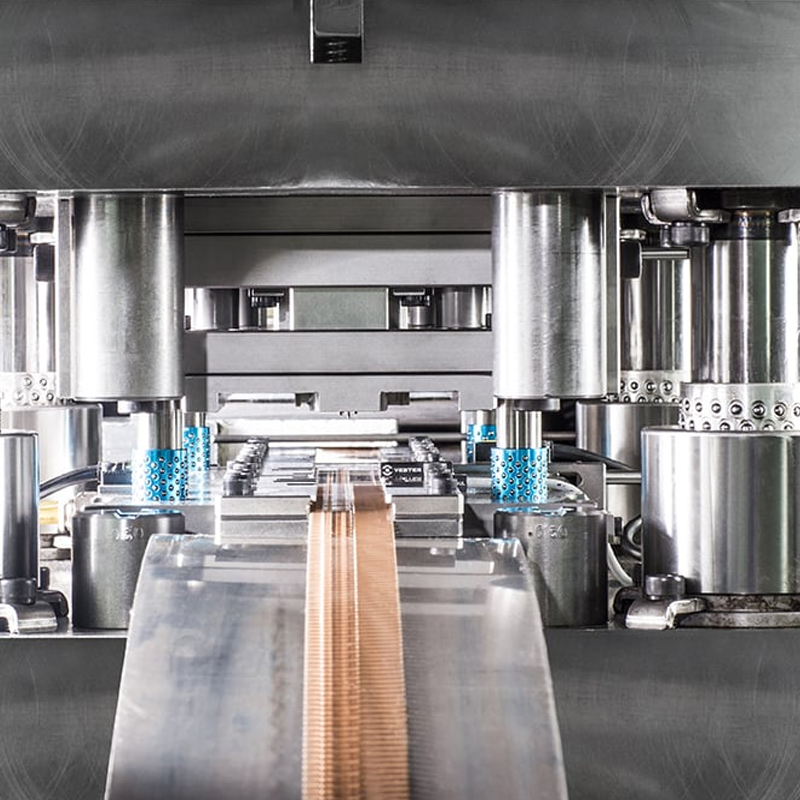
Advantages of Progressive Die Stamping
Progressive die stamping offers a number of advantages that make it an attractive option for high-volume manufacturing:
- Speed: The automation of the process enables rapid production, making it ideal for producing large quantities of parts quickly.
- Cost Efficiency: Due to its high speed and automation, progressive die stamping results in lower labor costs and reduced per-part production costs.
- Minimal Scrap: Because progressive die stamping uses a continuous metal strip, it generates minimal scrap waste, making it an environmentally friendly option.
- Repeatability: This method allows for highly consistent production runs, producing parts with tight tolerances and minimal variation.
- High Volume: Progressive die stamping excels at high-volume production, with machines capable of producing millions of parts without compromising quality.
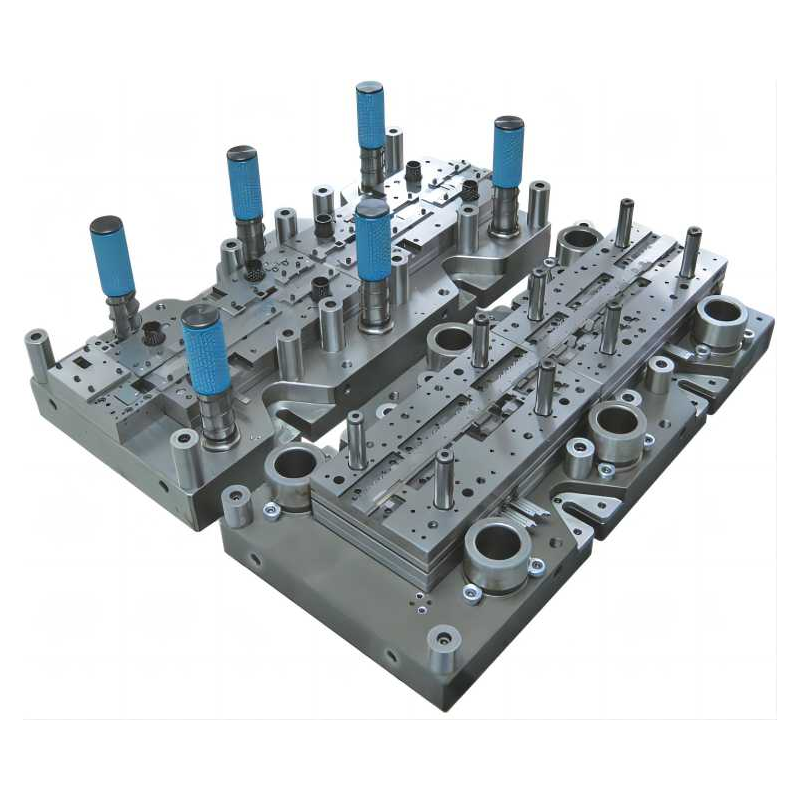
Disadvantages of Progressive Die Stamping
While the benefits are significant, there are also some limitations to be aware of:
- Limited Operations: Certain features, such as threading, cutouts, or deep ribs, cannot be achieved using progressive die stamping. These may require additional steps or secondary processes, which could increase overall production costs.
- Complexity in Part Design: Progressive die stamping requires the part to be attached to a continuous metal strip, which limits the flexibility of design. Parts that need to be manipulated or separated individually during the process may not be suitable for progressive die stamping.
- Setup Time: The setup process for progressive die stamping can be time-consuming and complex. Reconfiguring the machine for different projects or part designs can result in downtime, making it less suitable for small-scale runs or projects that require frequent changes.
- Higher Initial Costs: Although progressive die stamping is cost-efficient in large-scale production, the initial investment in tooling and setup can be higher than other stamping methods.
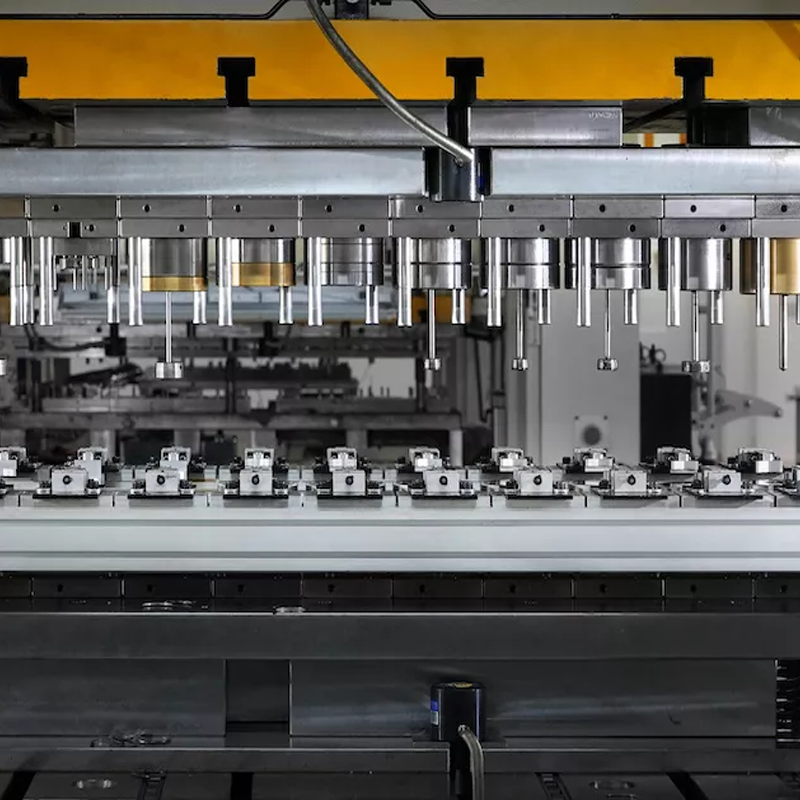
Transfer Die Stamping: A Versatile Approach
In contrast to progressive die stamping, transfer die stamping is used when parts require multiple operations or are larger in size. This technique involves transferring a partially formed part from one die to another within a machine, allowing for multiple operations to be performed on the same part. The key difference here is that the part is moved from station to station rather than the metal strip, which makes transfer die stamping ideal for large, complex parts.
During the transfer die stamping process, a metal strip is fed into the die, and the part is progressively shaped. Once an operation is complete, the part is transferred to the next die station for further processing. This process continues until the part is fully formed.
Advantages of Transfer Die Stamping
Transfer die stamping offers several advantages, especially for certain applications:
- Complex Features: Transfer die stamping is capable of producing more intricate features than progressive die stamping, including deeper cuts, ribs, and threading.
- Large Parts: This method is ideal for large parts such as frames, structural components, and shells that require multiple processing steps.
- Flexibility: Transfer die stamping offers more flexibility in part design and can handle complex shapes that progressive die stamping cannot.
- Fewer Secondary Processes: Unlike progressive die stamping, transfer die stamping can achieve complex features in a single setup, reducing the need for additional manufacturing steps.
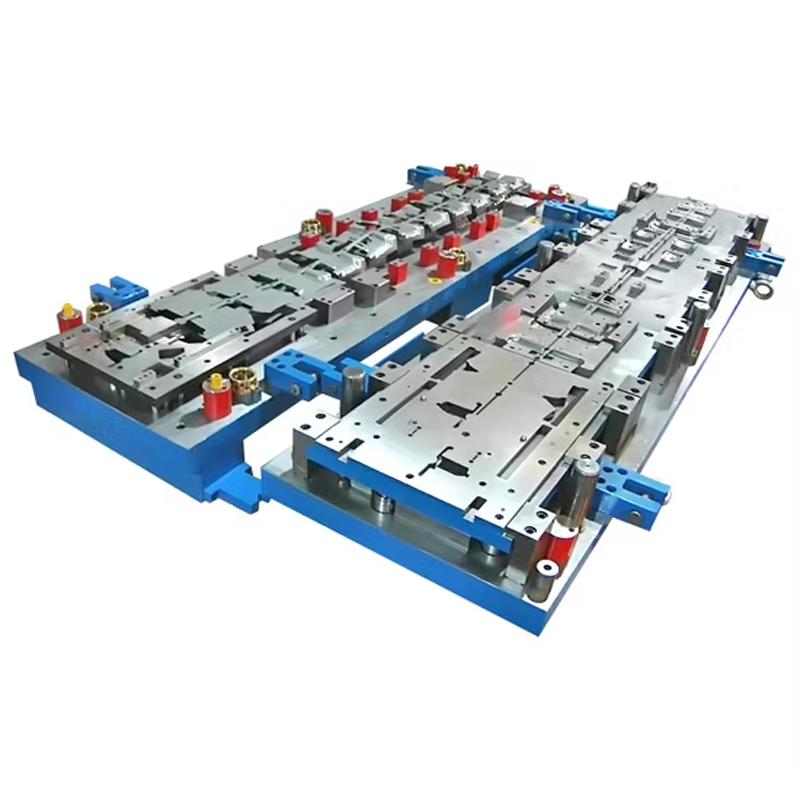
Disadvantages of Transfer Die Stamping
While transfer die stamping offers greater flexibility, it also comes with its own set of limitations:
- Slower Production: Due to the additional handling of parts and more complex operations, transfer die stamping tends to be slower than progressive die stamping.
- Higher Labor Costs: Transfer die stamping typically requires more labor for supervision and handling, which can increase costs.
- Increased Scrap: While still more efficient than many other processes, transfer die stamping can generate more scrap compared to progressive die stamping, particularly when working with larger parts.
Choosing the Right Die Stamping Process for Your Project
When deciding between progressive die stamping and transfer die stamping, it’s important to consider three key factors:
1. Part Complexity:
For simple, high-volume parts with relatively few features, progressive die stamping is a great choice. However, if your part requires complex features such as threading or cutouts, or if it has a more intricate design, transfer die stamping will likely be more effective.
2. Part Size:
Progressive die stamping is generally better suited for smaller parts, while transfer die stamping is ideal for larger, more complex components. If your part is large and needs several operations, transfer die stamping will be more efficient.
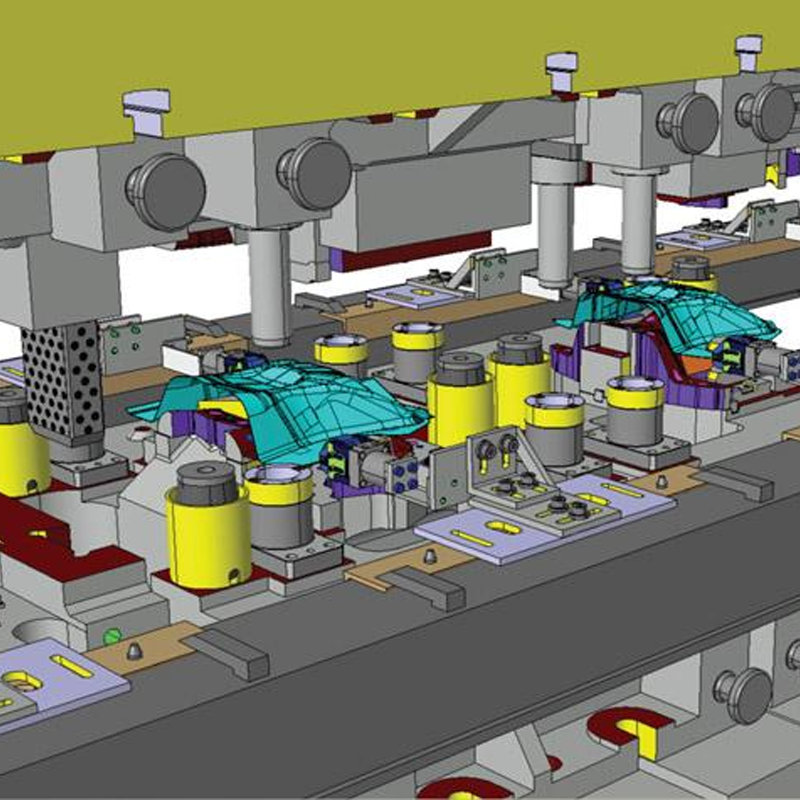
3. Part Quantity:
Progressive die stamping excels at high-volume production, making it the go-to choice for large-scale runs. If your production volume is lower, transfer die stamping may be a better option, especially if you need more complex features.
How Topmetalstamping Can Help You Choose the Right Process
At Topmetalstamping, we understand that selecting the right stamping process for your project can be complex. That’s why our team of experts is here to guide you through the decision-making process. With over 50 years of experience in providing precision metal stamping services, we work closely with our clients to ensure the most cost-effective and high-quality solutions for their needs.
Whether you need progressive die stamping for small parts or transfer die stamping for large, intricate components, we have the expertise and advanced equipment to deliver precision and efficiency every time. Contact Topmetalstamping today to discuss your specific project requirements, and let us help you choose the best stamping method for your needs.
Feel free to reach out with any questions or to get a free quote. Our dedicated team is ready to support you with expert guidance and top-tier service for all your die stamping needs.
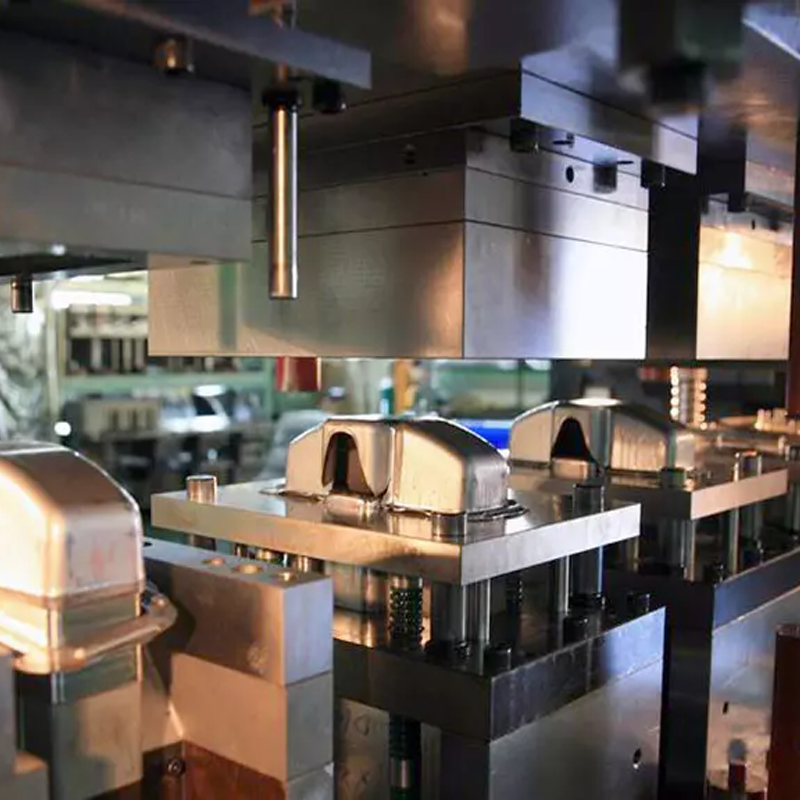
Contact Topmetalstamping Today!
Ready to get started on your next project? Reach out to Topmetalstamping today to learn more about our precision die stamping services and how we can help bring your ideas to life. Whether you’re looking for high-speed production or complex, large-scale parts, our team is here to assist you every step of the way. Let’s work together to find the perfect solution for your manufacturing needs.

